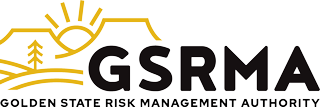With COVID-19 cases on the rise and flu season approaching, COVID-19 stands ready to wreak havoc on unprepared employers. While we celebrate the 6-month anniversary of the lifting of California’s COVID-19 State of Emergency in February, employers need to recognize that COVID-19 still presents challenges. In the last two months, California has seen a marked increase in reported COVID-19 exposures. At least one local agency temporarily closed due to a wave of COVID-19 and other illness absences. Taking a head-in-the-sand approach could prove harmful when plummeting productivity or costly shutdowns occur. Employers must remain vigilant and ready to adjust strategies to mitigate COVID-19’s lingering threat.
A New Normal
As we have learned from the past, no business is immune to the effects of a COVID-19 surge. The possibility of staffing shortages, business partner service, supply disruption, and a hesitant public is very real in this new normal. We can’t let a COVID-19 resurgence catch us off guard.
Ongoing Reporting Requirements
Specific COVID-19-related regulatory requirements remain in effect. The Cal/OSHA COVID-19 Prevention Non-Emergency Regulations (COVID-19 Prevention regulations) require ongoing exposure notification, recordkeeping, and reporting through at least January 2025. Work-related COVID-19 exposures must still be reported to workers’ compensation carriers and documented on Form 300s. Employers must also update their COVID-19 Prevention Procedures Plan, either stand-alone or as part of their Injury and Illness Prevention Programs. This plan must be consistent with the requirements of COVID-19 Prevention Regulations.
Absenteeism Expected to Increase
Flu season is approaching, which usually leads to increased employee absenteeism. Employees with COVID-19, flu, colds, or other transmissible illnesses should stay home to avoid workplace spread and substantial unplanned absences. Cross-training and developing contingency staffing plans can ensure critical operations continue even with reduced staffing.
Shore Up Relaxed Safety Measures
While extreme precautions like masking may not be necessary now, basic measures should remain. Promote hand washing and cough/sneeze etiquette. Disinfect high-touch surfaces regularly. Improve ventilation and air filtration where feasible. Don’t let eagerness for normalcy undermine sensible ongoing precautions.
Revisit and Update Plans
Given recent COVID-19 upticks, now is a good time for employers to revisit their COVID-19 prevention plans. Assess what has worked well in the past and what adjustments may be beneficial. Update staff on current best practices and solidify policies around sick leave and remote work for contagious illnesses. As with any business emergency, proactive planning is vital to continued service provision under challenging circumstances.
Monitoring Changes
California Department of Public Health (CDPH) and Cal/OSHA periodically modify their guidance and regulations. Appoint someone internally to keep abreast of any changes. CDPH COVID-19 guidance can be found here: Workplace Outbreak Employer Guidance (ca.gov), while Cal/OSHA regulations and assistance may be found here: Cal/OSHA Enforcement Branch
Back to the Basics
At this stage of the pandemic, we know the drill. Encourage staff with any symptoms to stay home and get tested. Support flexible sick leave policies. Promote hand hygiene, surface disinfection, and cough etiquette. Don’t accept complacency as you reinforce the basics. Heeding the hard lessons learned from the past, we can move forward purposefully, staying both vigilant and optimistic.

